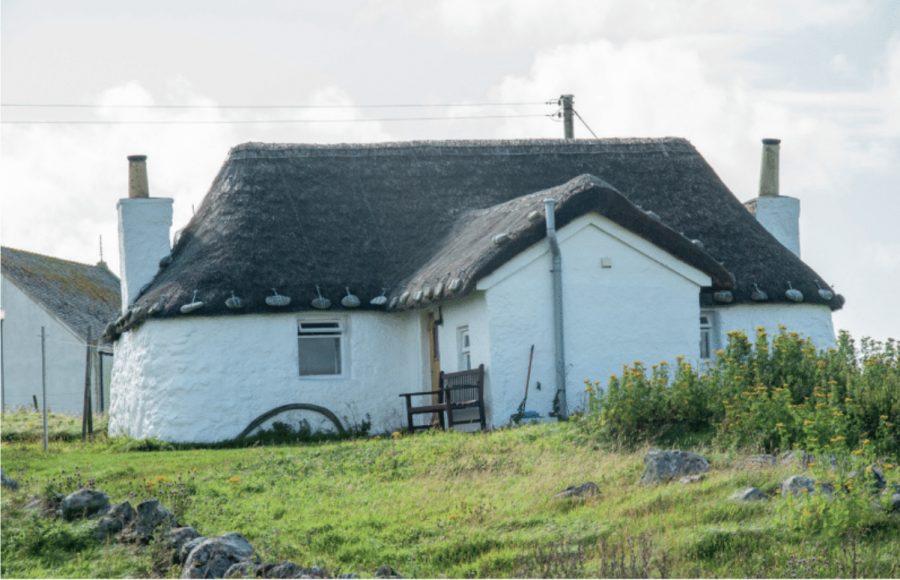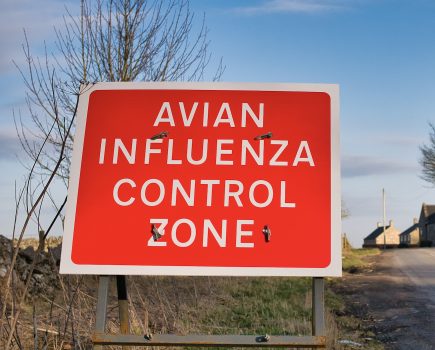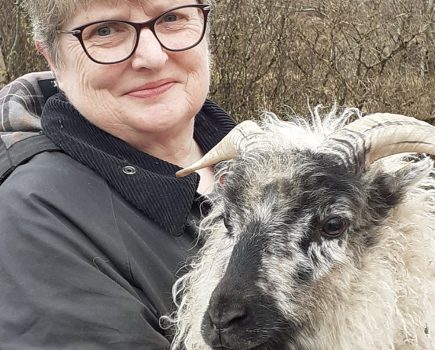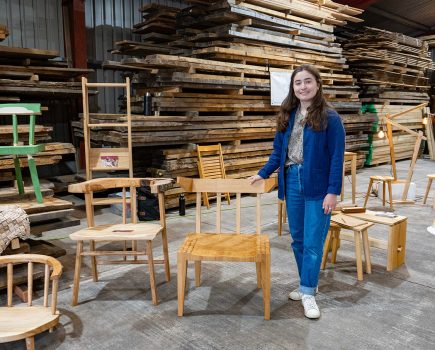In this article extract, taken from the October issue of The Country Smallholder magazine, Rosemary Champion explains what you need to know before you consider making a move into Crofting…
If you search for the word ‘croft’ on t’internet, you’ll find that it is West Germanic in etymology, derived from the Dutch term kroft or krocht and the Old English croft, meaning ‘an enclosed field’ and in many parts of the British Isles, you’ll find houses, small farms and even villages called ‘Croft’ or ‘Something Croft’. Indeed, our own smallholding in Angus is called ‘Dalmore Croft’.
But in parts of Scotland ‘croft’ is more than a name; it’s a legal status relating to land tenure and that form of land tenure is unique to the North-West of Scotland and the islands off its coast. A croft is sometimes described as ‘a small farm surrounded by red tape’ and there’s certainly more than an element of truth in that.
The first crofting legislation was passed in 1886 and the intervening years have seen layers of complexity added as the legislation struggles to keep up with changing times. In simple terms, a croft is a small agricultural holding that is registered with the Crofting Commission as a croft. To be registered, the holding must be in the ‘crofting counties’, those in the NorthWest of Scotland, Orkney, Shetland and the Western Isle.
You might expect that these boundaries were set in some logical way but you would be wrong. These are simply the areas actually visited by the Napier Commission, whose report led to the first crofting legislation, so the rest of Scotland, even areas like Highland Perthshire, were excluded from the protections given by that initial legislation.
Fairly recently, the range of the ‘Crofting Counties’ was expanded to make the boundary the same as that of Highlands and Islands Enterprise, bringing in Moray and Arran. And crofting is not some very ancient form of land tenure. It developed after the Treaty of Union and the subsequent Jacobite Uprisings, when the ‘clan chiefs’ sought to ape their English ‘betters’; their lavish lifestyles pushed them to move the Highlands from a collective form of land occupancy, where the common people owed their clan chief their allegiance and sword, to one of landlord and tenant, where the common people paid in labour and rent.
These changes ultimately lead to the infamous Highland Clearances, the brutality of which lead to the first crofting legislation, the aim of which was to give tenants some protection from eviction and exploitation.
WHAT ARE THE CROFTER’S RESPONSIBILITIES?
Unlike a farm tenancy, a croft is the bare land, and rent levels are based on the land value. The crofter themselves is responsible for the construction and maintenance of the croft house, the buildings and infrastructure, like roads and fencing.
There are three legal duties that fall upon a crofter:
1. They must reside within 32km (20miles) of the croft.
2. They must cultivate the croft. This used to mean agriculture or horticulture but is now extended to woodland and “other useful purpose”.
3. They must not neglect the croft.
Until the mid-1970s, crofters were tenants, usually on large estates. In 1976, crofters were given an ‘automatic right to buy (ARB)’ at a legally set price – so even if the landlord did not wish to sell, the croft tenant could force the sale. As a result, agricultural landlords have been running scared of an extension of ARB to other agricultural tenancies, despite reassurances from government that they have no intention of extending ARB. I guess ARB seemed like a good idea at the time but it looks a bit like a political wheeze and it added a whole new level of complexity to the crofting legislation. And after all that, only a relatively small proportion of crofters have chosen to buy their crofts anyway.
HOW MANY CROFTS AND CROFTERS ARE THERE?
According to the Crofting Commission, there are 20,777 crofts and an estimated 11,500 crofters. It is estimated that there are more than 33,000 people living in crofting households, Crofts were not established in such a way or at such a size, as to provide the sole living of the crofter and their family – landlords were keen to retain control of local labour for busy times on the estate – and today many crofters have jobs off the croft too, so crofting makes a significant contribution to often fragile rural communities.
Picture caption: A traditional crofter’s cottage known as a blackhouse with thatched roof on the Isle of South Uist, Western Isles, Scotland.
This article extract was taken from the October 2023 edition of The Country Smallholder. To read the article in full, you can buy the issue here.
To receive regular copies of The Country Smallholder magazine featuring more articles like this, subscribe here.
For FREE updates from the world of smallholding, sign up for The Country Smallholder newsletter here.








